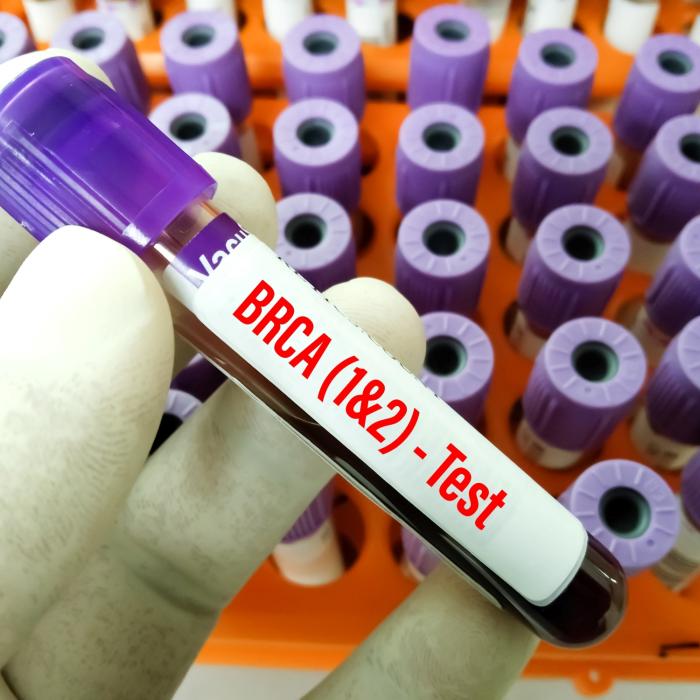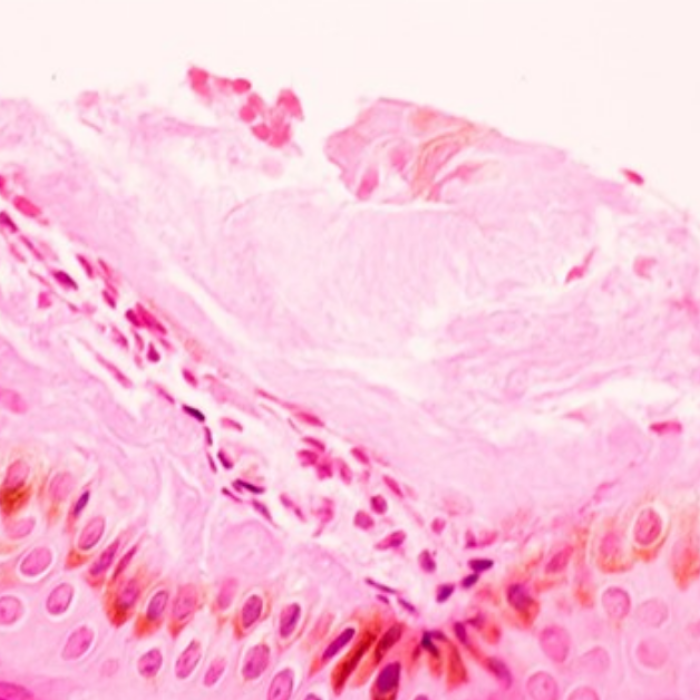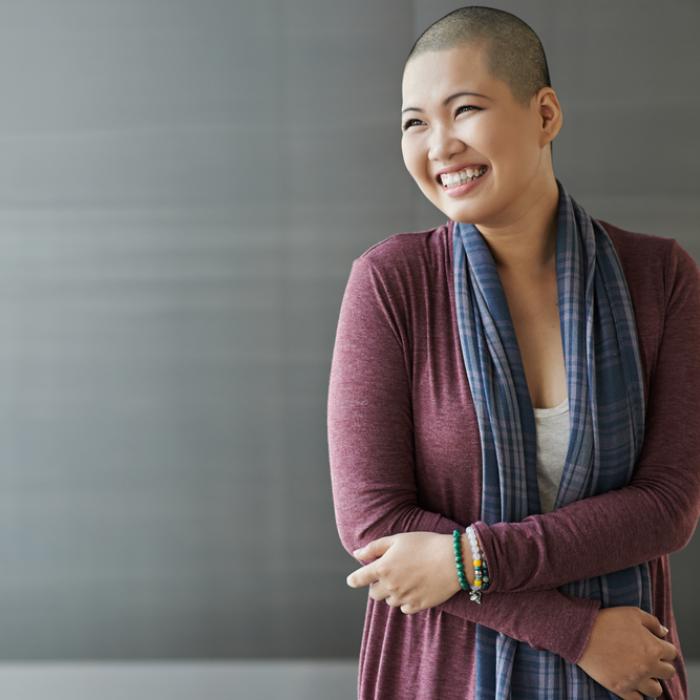Breast Cancer Grand Round
Towards non-invasive chemoprevention for at-risk patients
13 November 2024
Dr Rachel Joyce will discuss the identification of cells - aberrant luminal progenitors - as cells-of-origin in BRCA2 breast cancer, and the discovery of a novel prevention target for people who carry this genetic change.
People who inherit a BRCA2 mutation have a 70 per cent lifetime risk of breast cancer. Therapeutic targets to prevent cancer from happening in these at-risk patients remain a significant unmet need.
This session will explore the comprehensive profiling of patient samples with BRCA2 mutations, and a preclinical model, to identify aberrant luminal progenitors as likely breast cancer cells-of-origin.
This will include presenting preclinical data establishing a biological rationale for chemoprevention (the use of a therapeutic to prevent cancer occuring) for carriers of the BRCA2 mutation.
Chair
Professor Jane Visvader
Joint Head, Cancer Biology and Stem Cells Division, The Walter and Eliza Hall Institute of Medical Research
Jane's research focuses on the role of stem cell biology in breast development and cancer. Together with Professor Geoff Lindeman, the Breast Cancer Laboratory has a long-standing interest in the stem cell differentiation hierarchy, identifying molecular regulators of normal development and deciphering mechanisms that lead to breast cancer.
Presenter
Dr Rachel Joyce
Research Officer, ACRF Cancer Biology and Stem Cells, Walter and Eliza Hall Institute
Dr Joyce is a Peeneeyt Thanampool Indigenous Postdoctoral Research Fellow at the University of Melbourne and WEHI. Dr Joyce is an early career stem cell/cancer cell biologist focused on revealing novel targets for cancer prevention in at-risk populations. Their PhD work on novel chemoprevention strategies for BRCA mutation carriers was completed under the supervision of Professor Jane Visvader and Professor Geoffrey Lindeman at WEHI.
The VCCC Alliance Breast Cancer Grand Round is targeted at a clinical audience and features open discussion about real cases and patients. While these cases are de-identified, the imagery, content and discussion can be graphic. It is not appropriate for consumer participants.
Resource details

This course is brought to you by



